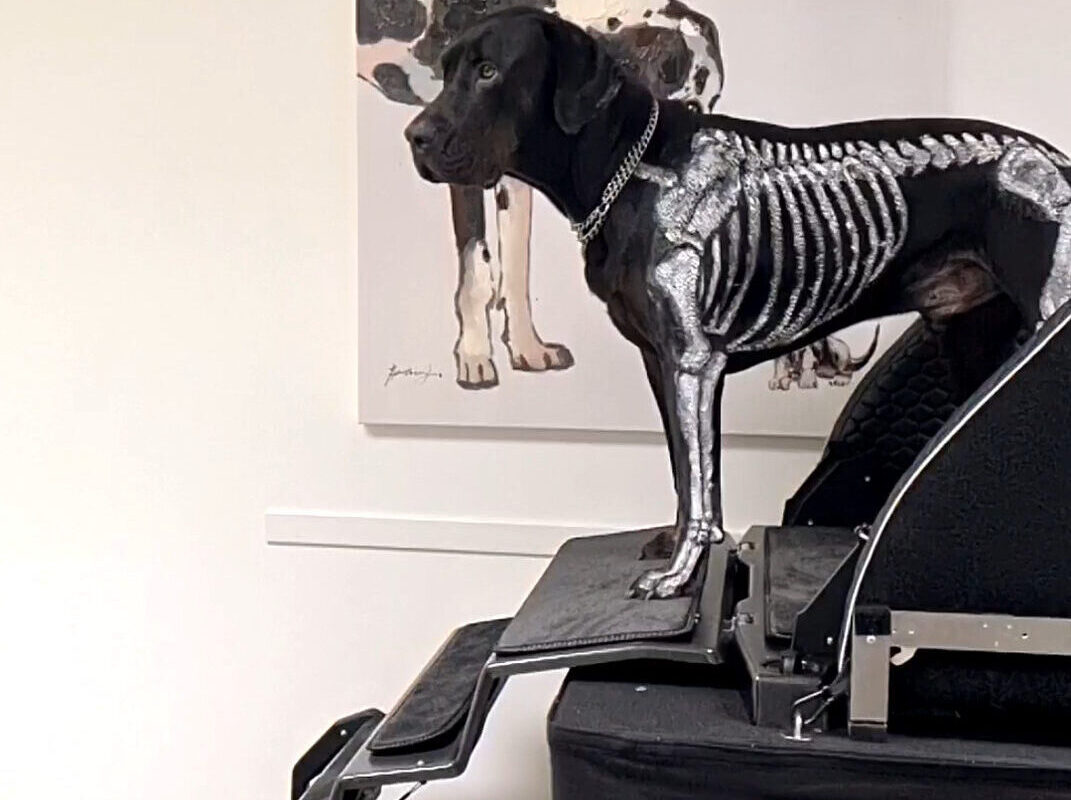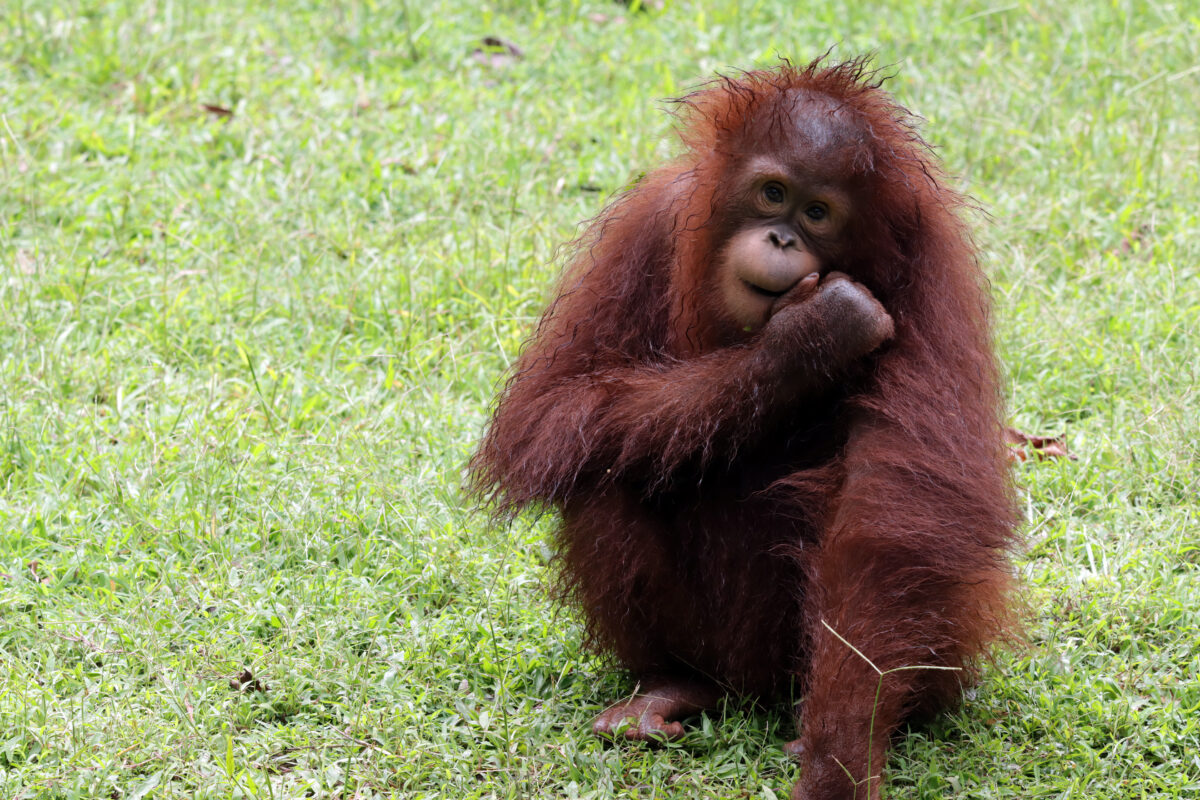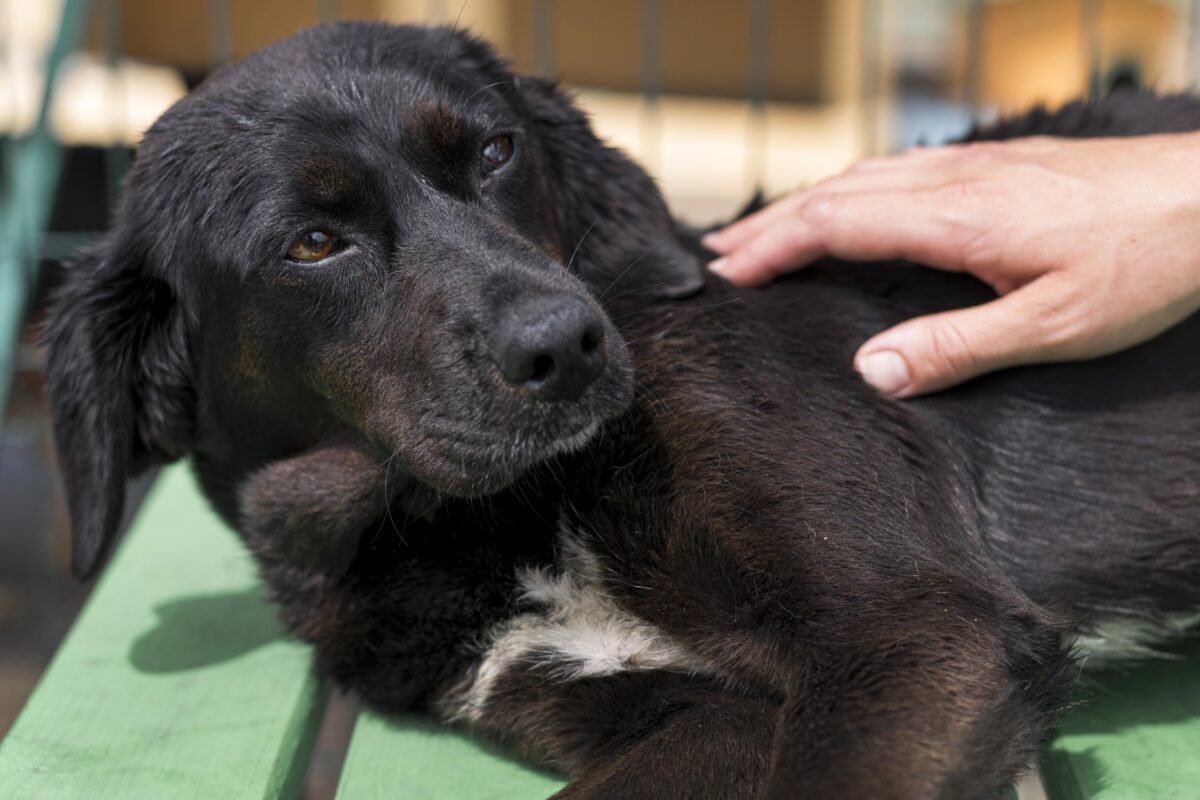Do you feed your pets raw foods because you believe, as many do, that eating raw is closer to nature? Are you attracted to the growing trend of raw and refrigerated pet food, some of it far more expensive than dry kibble? Perhaps you should pause and reconsider your choices.
While it is true that no animal eats cooked food in the wild, infectious disease experts say the raw food trend, fuelled by a growing distrust of highly processed foods and chemical additives, may be going too far, according to a CNN report. That is because the trend abandons tried-and-true safety steps—including heating milk and cooking meats—that kill dangerous viruses and bacteria, never mind that nutcase in your friend circle who says viruses don’t exist because you can’t see them even with a simple microscope.
In the era of bird flu, say the experts, raw milk and raw pet food are bringing a dangerous virus with pandemic potential too close to pets and their people. As Dr J. Scott Weese, veterinarian and professor at Ontario Veterinary College at the University of Guelph in Canada, says, “Wild animals don’t live that long in the wild for various reasons. Foodborne disease is presumably one of them.”
Also Read: ‘Pet owners want transparency from pet food manufacturers and marketers’
Last week, the U.S. Food and Drug Administration announced that it was tracking multiple cases of H5N1, commonly known as bird flu, in domestic and wild cats, including cases linked to contaminated pet food. The agency said that while dogs can also be infected, their symptoms are usually milder, but cats are at greater risk.
The FDA directed pet food manufacturers to consider the risk of bird flu in their required food safety plans, including adding a step to cook animal products like milk, meat, or eggs, or adding supply chain controls to ensure the products they are using in their food do not come from infected flocks or herds. “We encourage consumers to carefully consider the risk of this emerging pathogen before feeding their pets uncooked meat or an uncooked pet food product,” the agency said.
While H5N1 infections in pets are still rare, they have been seen to be increasing in the USA over the past two years as the virus has begun to circulate in a growing variety of animals, including dairy cows and farmed poultry like turkey and chicken. Recently, even a polar bear, discovered dead in northern Alaska, was found to have been infected with the H5N1 virus. The case highlighted an important aspect of influenza viruses, which is that they are extremely adaptable with simple genetic codes which can easily change via mutation—change through random chance—or reassortment—when two viruses in the same host share genetic material and create new genomes.
Also Read: Three new year goals for people and pets
Cats are particularly vulnerable to the virus. As with chicken, the virus can invade their brains and cause devastating neurologic complications. Since December 2022, at least 74 pet cats have tested positive for bird flu across the USA, according to data from the U.S. Department of Agriculture. Domestic cats are the third most common detection of H5N1 in non-farm mammals in the USA, behind red foxes and mice. No comparable data are available in India at this moment.
Experts believe the tally of infected cats in the USA is an undercount. “With foodborne disease, we capture a small percentage of them,” according to Dr Weese, who specializes in the study of zoonotic infections, which are diseases that spread between people and animals.
As most pet owners know, cats usually get less veterinary care than dogs, so they are in clinics a lot less often. When cats get the flu, they can deteriorate quickly and may not show signs of illness until it is too late. “You might have a cat that’s looking a little bit off in the morning. The owner says, ‘Yeah, the cat’s not looking that great. Let’s see what happens’,” Dr Weese said. “They might be dead overnight. Most people aren’t going to take their animal in for testing afterward.”
Also Read: More men than women keep cats, pet ownership study finds
Raw food typically contains meat and may also have added fibre, vitamins, and minerals. Raw milk is also sold as pet food in many places.
Whether premade or made at home, vets and infectious disease experts say there are no nutritional advantages to feeding raw diets, and the risks of raw food outweigh any potential benefits, particularly with bird flu circulating.
Raw foods may also contain debris, like shards of bone, that may injure pets. Studies have linked some types of raw diets to serious nutritional imbalances, especially when people try to mix their own foods at home. And tests of raw products show they are frequently contaminated with harmful viruses and bacteria such as salmonella and E. coli.
The idea that raw food is healthier because it is closer to the diets of wild animals is also not correct, Dr Weese said. “The little fluffy dog sitting on your couch is very much removed from a wolf or fox in terms of its intestinal tract, intestinal bacteria, physiology. They aren’t just wild animals that we moved into our house today. They have evolved with us and changed with us.”
Caution: Information in news reports, press releases, or articles on TheSnout.in is not intended to serve as a medical opinion or advice. Do not attempt to treat yourself or your pets without consulting the appropriate medical professional.
Sandy Pawpaw
Sandy Pawpaw is a fierce advocate of unleashing the animal in, and with, you.



